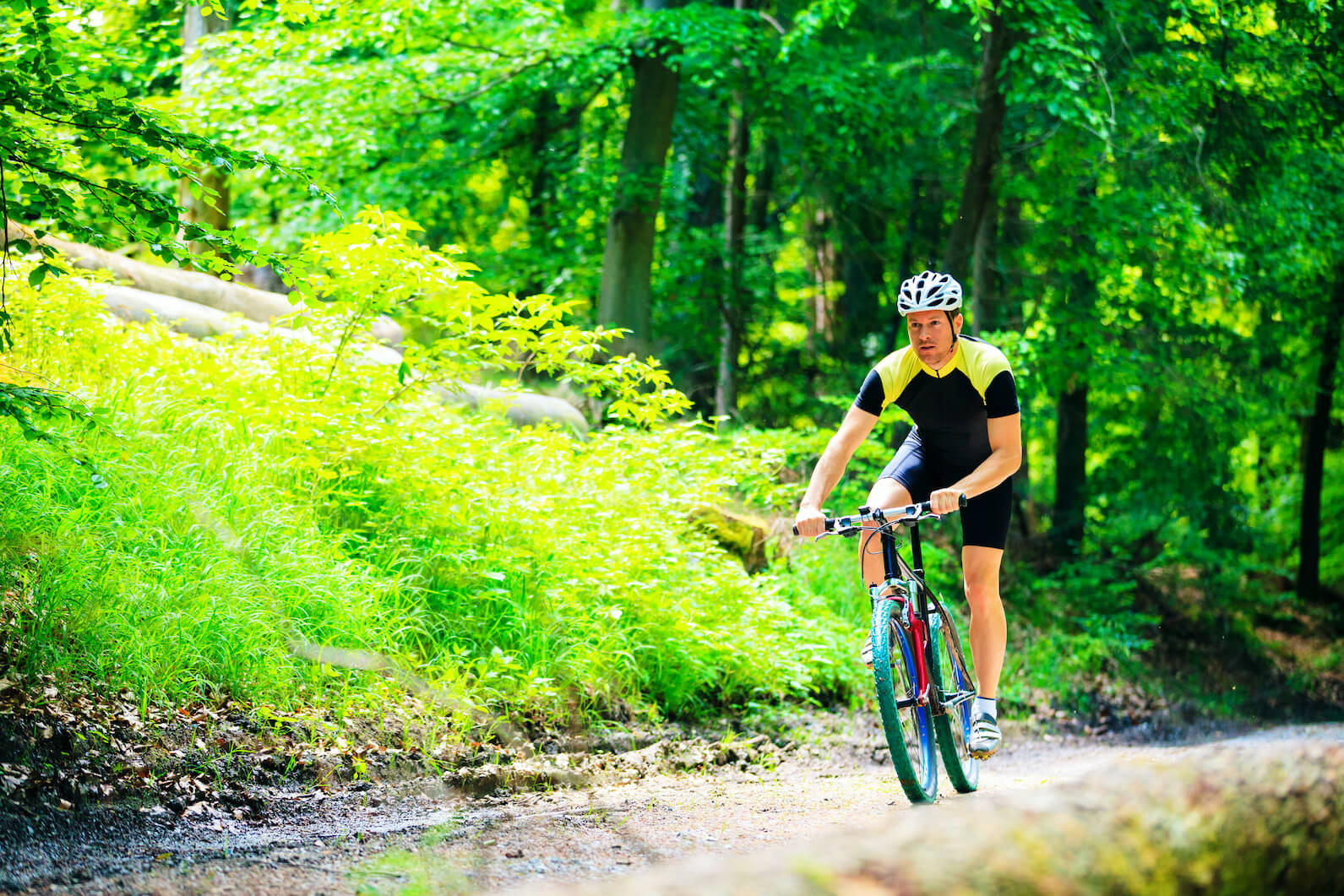
This is the second of three blogs about building mental resilience. It will give you some useful ways to think about getting mentally stronger, and practical tips you can apply in everyday life.
One of my favourite experts in mental resilience is Charlie Unwin, a sports performance psychologist. He tells us to focus on three areas – positive doing, positive thinking, and positive feeling. Each of these supports the other two, but for now we’re focusing on number two – positive thinking.
Winning the day
In the first blog of this series, we touched on the importance of making plans. We know that putting them into practice is tough – and that unexpected things will get in the way. Unwin has some advice on this. He tells us to ‘Win the day’.
Think about situations where you have little or no control. Perhaps a domestic emergency, a friend letting you down, an important delivery that’s late. Anxiety and stress will often creep up on you. ‘Win the day’ reminds us to interrupt that pattern. Just take a minute to stay positive and on the front foot in everything you do.
Here are three tips to bring this to life:
- Even a bad day means opportunities to do a few things brilliantly. It could be the washing-up, tidying your desk, chopping the vegetables for a simple meal. Notice the positive feeling that doing something well gives you. Don’t under-estimate the power of small goals like this, because our lives are made up of them. Being thoughtful and competent at the basics spills out into other areas of your life.
- Give yourself a daily pat on the back. There will be successes to remember every day, including the small ones mentioned above. This routine will give you better thinking habits.
- Stay true to yourself. Les Brown, a renowned motivational speaker, reminds us to, “realise that someone’s opinion of you does not have to become your reality.” Social media in particular can make our world feel more judgmental than ever. But whether you have fifty thousand followers or none, don’t dwell on how strangers perceive you. Pick a handful of honest friends you can rely on instead.
Controlling your attention
This means stepping away from your daily habits to observe them. Then filtering out things that grab your attention when you wish they wouldn’t. Controlling your attention in this way might be the most important thing you can do to build better mental resilience.
Avoiding distractions means you’ll attend to stuff you can control. You’ll be able to maintain your attention on small everyday goals, the building blocks of your plan. Every time you do this, you’re reinforcing the right habits.
Here are two tips for making this work for you:
- List the things that distract you during the day. Pick out those that grab your attention even when they are not important – such as social media notifications. Turn off those little red reminders. Use a website blocker to stop you following the news when you have work to do.
- But remember that your goals shouldn’t just focus on ‘achieving’. A distraction from a child or colleague may seem unwelcome, but it might be extremely valuable in supporting the quality of that relationship. So choose carefully and don’t become a robot.
Practising optimism
Winning £1000 would make us smile. On the other hand, losing £1000 would give us relatively more negative emotion. Our brains are hard-wired to worry more about things we might lose, rather than valuing things we might gain. We’re not made for optimism.
This made sense when we were hiding from predators. Thinking the worst was a good plan. Our anxieties are different these days. Lions and snakes are a long way away, but the old parts of our brain still tune in to media stories of danger, crime and conflict.
In modern life, this is a bias that’s worth becoming aware of. We need to practise optimism to become more balanced and more resilient.
Top tips
- Charlie Unwin encourages us to draw a line down a piece of paper. On the left-hand side, write down your worries about your current situation. On the other, capture the positives (real and potential). They’ll include any small goals you’ve achieved.
- As a reminder, write down one positive thing every day. Perhaps a conversation, a good night’s sleep or a glorious sunset. It should be the thing you appreciated most. Don’t worry about repeating them – it’s the reminding that’s important.
This optimism needs to be thoughtful. It’s not simply a shortcut or wishful thinking. To be resilient, you still need to be realistic about the goals you’re working for. You need to persist with your planning, research and personal leadership.
Believe you can
I recently came across a phrase that’s stuck with me – ‘Worrying is betting against yourself.’ If you can train away some of your worries, that’s going to be a big help. Use critical thinking and positive self-talk to do this. Remember that stress is everywhere. Trying to get it to zero is a waste of energy.
In the first blog of this series, I told the story of Dean Stott and the suffering he endured for his long-distance cycling records. A big reason he could cope was the military training that kept him calm. From appearances, the locals he passed by had no inkling that he’d been a special forces soldier. His ability to deal with worry was all in the mind, deep in the mental habits he’d built up over the years.
Practise gratitude
Finally, don’t forget to practise gratitude. Write down a handful of things you are always grateful for. That might be good health, or a close relationship with your partner, kids or siblings. It might just be your favourite meal.
Gratitude is part of the recipe for resilience because it keeps you positive and focused on what matters most. Take a look at your list once in a while, and make sure you don’t take these things for granted.
Find out more:
Blog: Mental resilience for everyday life – part 1
Blog: Mental resilience for everyday life – part 3





